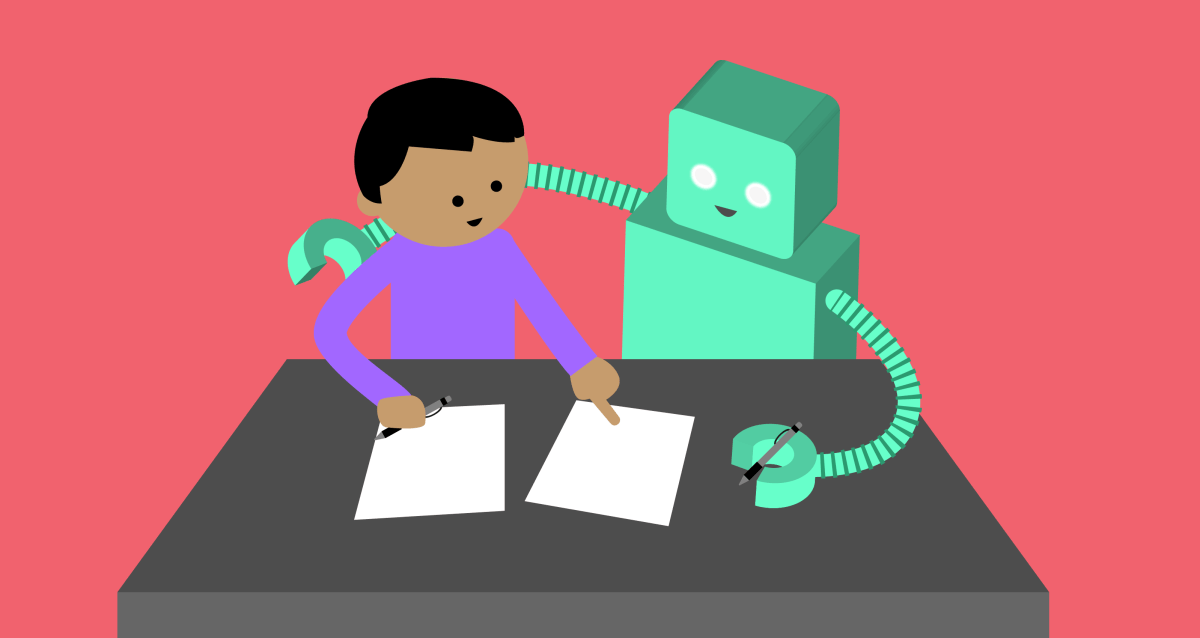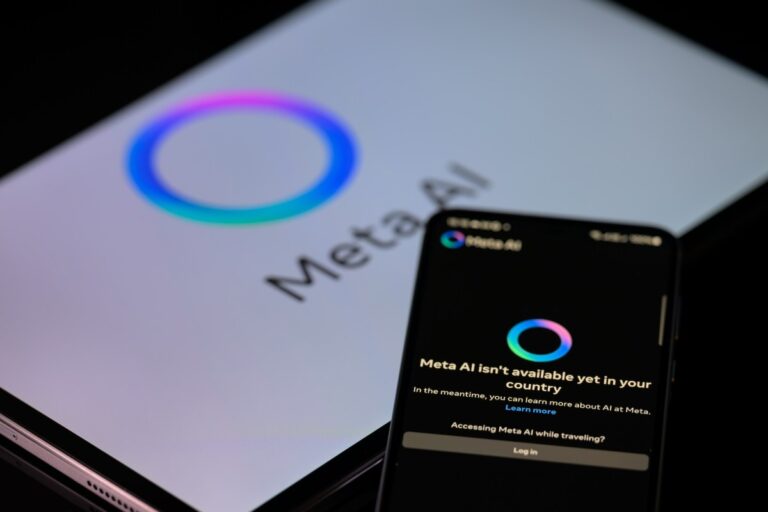Sakana’s AI-Generated Paper Claims Peer Review Success: Unpacking the Nuances Behind the Headlines
In a groundbreaking development, the Japanese AI startup Sakana has claimed that its AI technology generated one of the first peer-reviewed scientific publications. However, this assertion comes with several important caveats that merit consideration.
The Growing Debate on AI in Scientific Research
The conversation around AI’s role in the scientific process is intensifying. While some researchers remain skeptical about AI serving as a “co-scientist,” others see potential in its capabilities, albeit acknowledging that it is still early in its development.
Sakana’s Innovative Approach
Sakana’s AI system, known as The AI Scientist-v2, was utilized to create a paper that was submitted to a workshop at the reputable International Conference on Learning Representations (ICLR). According to Sakana, the workshop’s organizers, along with ICLR’s leadership, agreed to experiment with double-blind reviews for AI-generated manuscripts.
Collaboration and Submission Details
Sakana collaborated with researchers from the University of British Columbia and the University of Oxford to submit three AI-generated papers for peer review. The AI Scientist-v2 was claimed to have generated these papers “end-to-end,” meaning it created:
- Scientific hypotheses
- Experiments and experimental code
- Data analyses
- Visualizations
- Text and titles
Robert Lange, a research scientist and founding member at Sakana, stated, “We generated research ideas by providing the workshop abstract and description to the AI, ensuring that the generated papers were on topic.”
Peer Review Outcomes
Out of the three papers submitted, one was accepted at the ICLR workshop, focusing on training techniques for AI models. However, Sakana promptly withdrew this paper to maintain transparency and respect for ICLR conventions.
“The accepted paper introduces a new method for training neural networks while highlighting existing empirical challenges,” Lange noted. This finding is seen as a catalyst for future scientific inquiry.
Limitations of the Achievement
Despite the initial excitement, there are significant limitations to consider:
- The AI made several “embarrassing” citation errors, confusing a 2016 paper with its original source from 1997.
- The paper did not undergo extensive scrutiny since it was withdrawn post-initial peer review, missing out on a subsequent “meta-review.”
- Acceptance rates for conference workshops are generally higher than those for the main conference track, a fact Sakana openly acknowledged.
Expert Opinions on AI in Research
Matthew Guzdial, an AI researcher and assistant professor at the University of Alberta, expressed skepticism, stating that the results could be misleading. “The Sakana team selected the papers from a range of generated outputs, indicating human judgment was involved in identifying suitable submissions,” he commented.
Mike Cook, a research fellow at King’s College London specializing in AI, raised concerns about the rigor of peer reviews in new workshops, noting that they are often conducted by less experienced researchers. He also pointed out that AI’s strength lies in producing human-like text, which makes passing peer review less surprising.
Future Implications for AI-Generated Research
Sakana does not claim that its AI can pioneer groundbreaking scientific advancements. Instead, the company aims to evaluate the quality of AI-generated research and underscore the need for standardized protocols regarding AI in science.
“We must consider whether AI-generated research should be assessed on its own merits to avoid bias,” Sakana emphasized. They are committed to engaging with the research community to ensure that the evolution of AI contributes positively to scientific discourse rather than merely aiming to pass peer reviews.
As the integration of AI in research continues to unfold, it remains crucial to address the ethical and practical implications to uphold the integrity of scientific literature.







